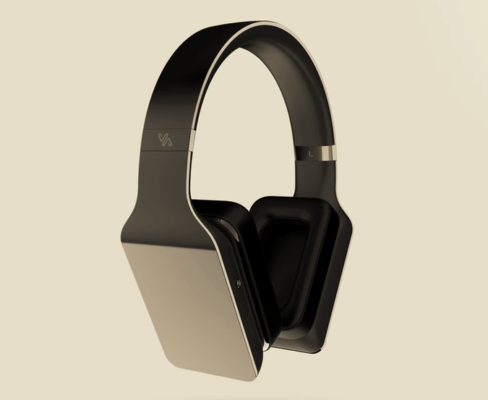The Premise. The movie Her raises many questions about artificial intelligence (AI) in relation to human interaction. As technology grows smarter, a more capable AI becomes almost inevitable as humans continue to grow closer and closer to creating a computer program that can think and interact like a human.
The Product. The EmoSPARK is one of the first products that claims the capability to read human emotions and learn from its environment in order to improve its interactions with people. It allows people to interact with it via conversation, music and visual media through an Android-powered program that uses Wi-Fi and Bluetooth. By reacting to human emotions and interaction, the EmoSPARK can enhance the stimuli it receives to boost that emotion and make interaction seem natural—as if with another human being. It has access to over 39 million topics and can be paired with smart devices to make integration that much easier.
The Pitch. While maybe not as advanced and alluring as Scarlett Johansson’s voice in “Her,” the video shows that the EmoSPARK can read and understand human emotions—and subsequently translate that into a response that constitutes normal interaction. It can be used by people of all ages, and it can even be used as an Internet learning tool with its wide access to information on the web. The creators have held out two stretch goals at $200,000 for home automation and a Windows Phone app and $300,000 for compatibility with crowdfunding alumni Webee and Ninja Sphere.
The Perks. The EmoSPARK cube costs $224 for early adopters, and it will be delivered by May 2014. For an extra $50, the IP camera that gives it eyes and ears at home is worth getting as well if you’re investing in the cube. If you’re willing to drop a cool $9,000, you can claim a day with CEO in EmoSPARK’s London office as well as a cube signed by the whole team.
The Potential. The idea screams potential, but unfortunately, the product doesn’t. The EmoSPARK definitely takes steps toward being a more capable AI unit capable of human interaction, but the it still hasn’t reached the natural cadence of human interaction. EmoSPARK bills itself as the firat AI home console but it’s certainly not the first cloud-based device sitting waiting for your ambient commands. The Ubi recently began shipping to backers since being funded on Kickstarter in 2012. Nonetheless, the EmoSPARK may be a stepping stone worth taking a look at as we continue to strive toward that goal.

